Although bald eagles are no longer on the endangered list, there’s still a pretty rigid federal protocol to be followed when rehabbers receive one—and if the rehabber doesn’t have a specific eagle permit, separate from the “general” raptor permit, s/he has about 12 hours to transfer the bird to someone who does. I don’t have a specific eagle permit. Don’t want one—the flight pen needed for an eagle is just too big and I have nowhere to construct one that large, for starters, and bald eagles are larger and more aggressive, ill-tempered and unpredictable than your average raptor, for another thing.
So anyway, when the call came from DNR that an eagle was on the way from several counties south of me, I immediately called Smalley’s to set up x-rays and a preliminary exam, per protocol. Then I called colleague Steve Hicks of Bubba & Friends, who does have a specific eagle permit and a large enough raptor flight to house the bird. As soon as he confirmed he could take it, I called one of the volunteer transporters who runs between me and Steve, AJ Rogers, to see if she and our other transport stalwarts, Marshall and Laurie Jackson, could coordinate the transport of the bird immediately after the exam at Smalley’s.
The bird arrived shortly after we got all the details ironed out, and he was unusually cooperative as I did a quick pre-vet exam. Not a good sign, and we all worried that he might have gotten into coyote bait or even had West Nile, which is treatable in its early stages, or AVM, which is not treatable at all. (Here’s a link for info on AVM: https://news.uga.edu/identify-name-toxic-cyanobacteria-killing-american-bald-eagles-0215/.)
Once we arrived at Smalley’s, vet Peggy Hobby, who remembered the last bald eagle they saw (who took a chunk out of my jaw), was also surprised at the lack of resistance by the bird to a fuller exam and several x-rays. Again, the x-rays looked good—no fractures and no lead in his gut, but he was very emaciated. Peggy then drafted a short note stating she’d examined and x-rayed the bird and the results, per protocol. One copy went with the bird to Steve, one copy went with me for my records, and one copy went in the LWR file at Smalley’s.
Late Friday night, LWR was contacted about four woodpeckers who’d been unnested when people were cutting up a stump for firewood just before dark. I asked that they bring the birds ASAP, thinking they’d wait till morning (which would have been fine, as most songbirds don’t eat at night). They wanted to go ahead and get them to LWR that night, though, so at 11pm four NUTHATCHES came in. And these sweet babies are the small end of the “extremes” for this week. They’re pre-fledglings, so close to leaving the nest it hurts my heart. Another two or three days, and they’d’ve been out of the nest. And their being so close to fledging also makes it more difficult to feed them, so we’ve had to go the force-feeding route since they won’t gape properly for me. One died overnight; the other three, while still not gaping, are at least not fighting being fed now. Hatchlings and nestlings gape readily; pre-fledges and fledglings, not so much…
The younger two flyer siblings are no longer housed together. One night last week the female genital-nursed on the poor little male till his penis was grossly swollen. This is a common problem with gray squirrels but I’ve never had an issue with flyers genital-nursing till this pair.
Meanwhile, the nestling owls are growing like weeds!
The barred triplets don’t all eat the same amount at each feeding, although it’s always offered. They tend to be pretty vocal at feeding time, though.
My advice is this: first, watch nests from a respectful distance. If you’re too close, the parents won’t come to feed the babies, so you cause them to miss meals. Second, if you think a nest has been abandoned, watch it carefully from inside your house or behind a tree or somewhere where the parents can’t see you. Ninety-nine percent of the time, the parents will show shortly and you’ll hear the chorus of babies begging for food. They’ll chirp loudly and then, after a few minutes, as their hunger is sated, the noise will die down, only to begin again shortly as the parents return with more food.
When should you intervene? If the begging calls are nonstop, chances are there’s a problem. From a good hiding place, watch for the parents, per above. If the babies have been noisy periodically and suddenly make no noise at all, check the nest. If they’re lethargic and not responsive to you tapping the nest or waving your fingers above them, call a rehabber immediately. If the parents are raising hell, check the nest immediately. There could be a predator like a snake attempting to eat the babies, or one of the babies may have fallen from the nest. Unnested babies can be renested; songbirds have almost no sense of smell, so they’re not going to reject a baby you’ve handled.
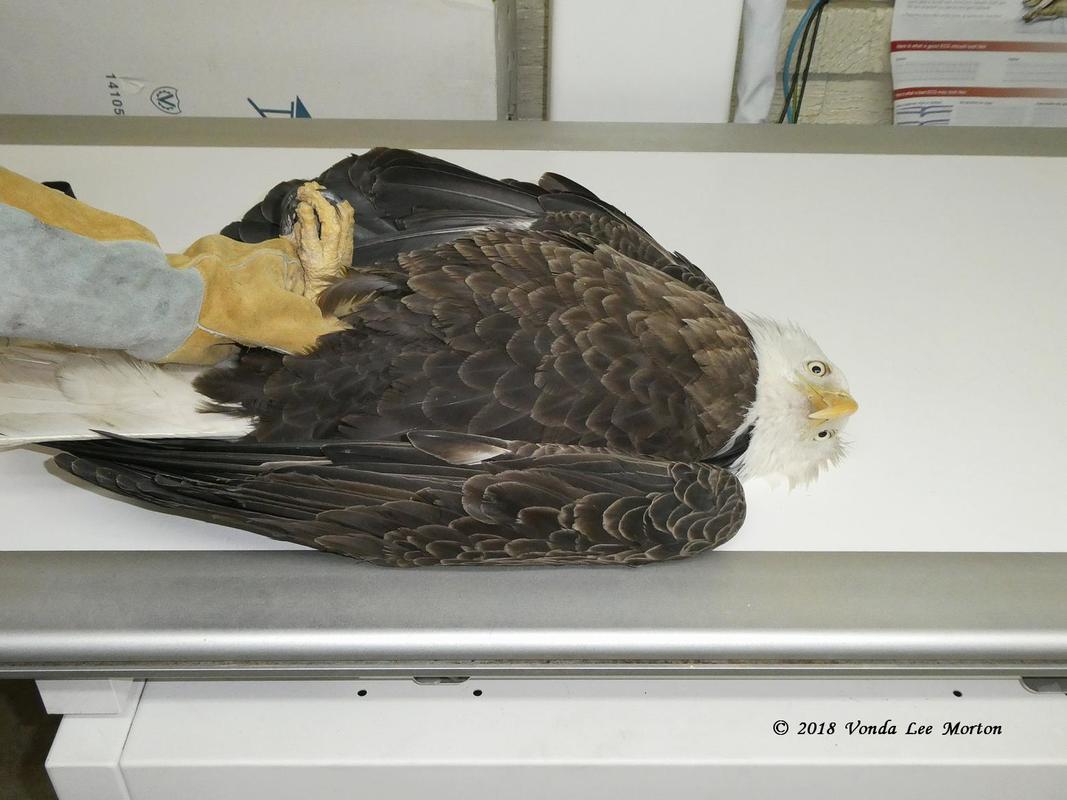
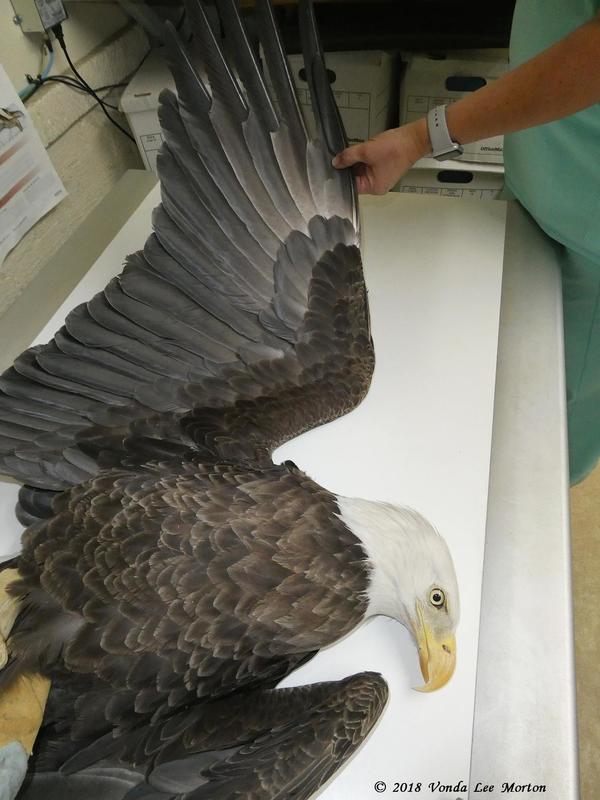
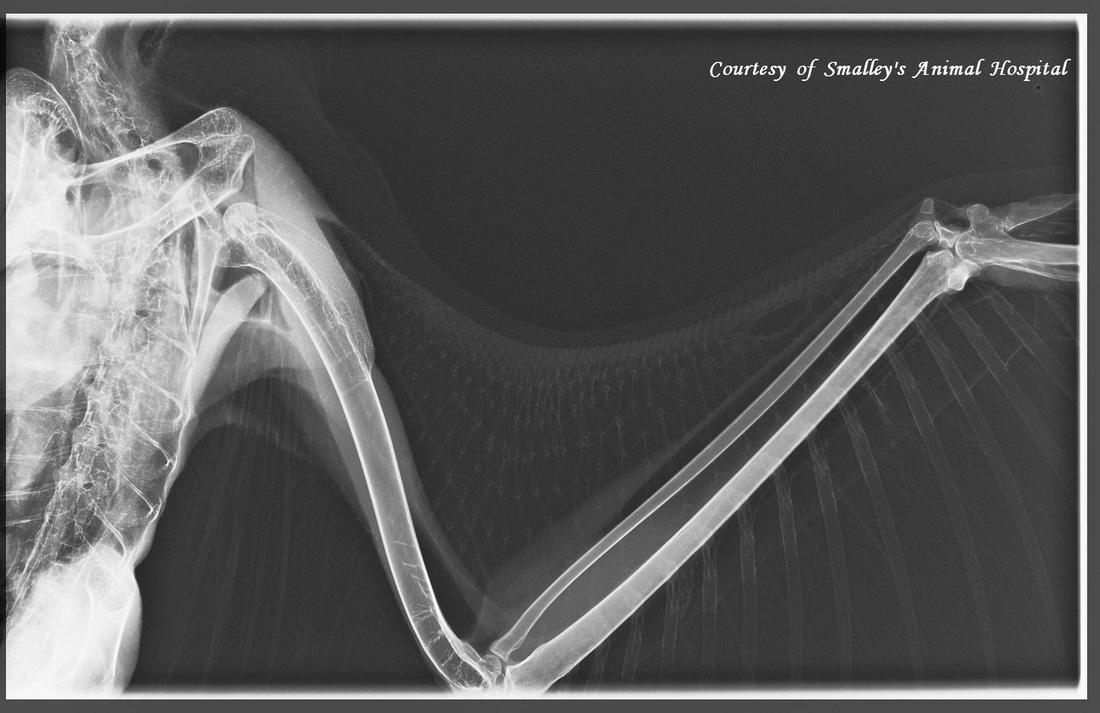
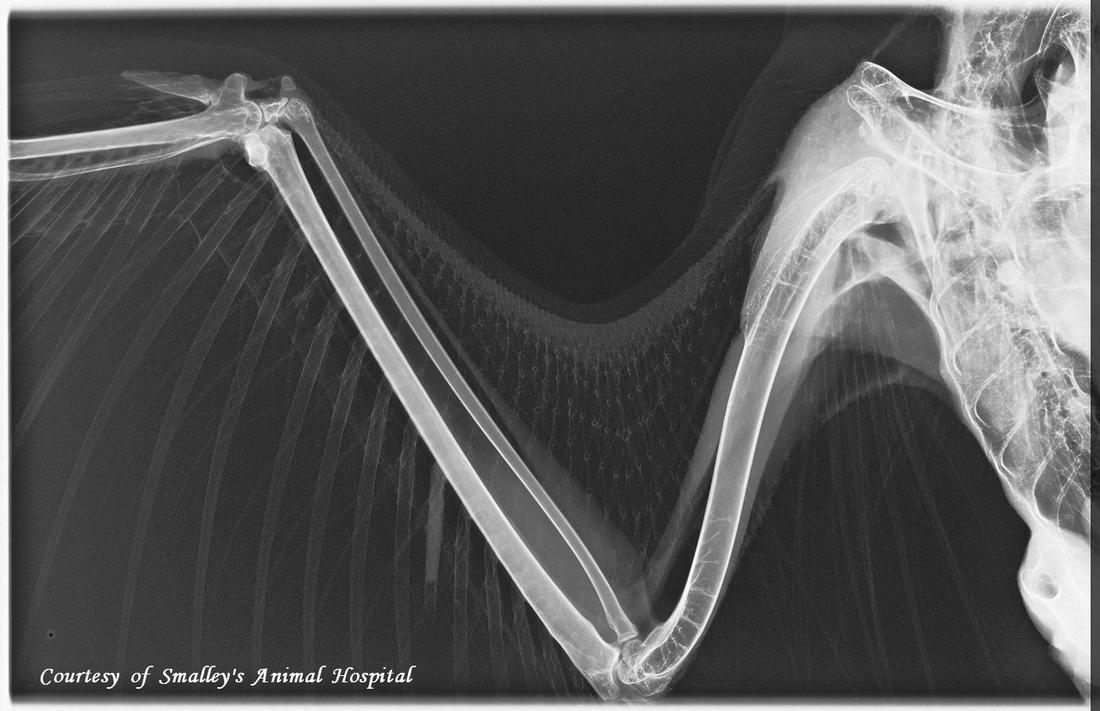
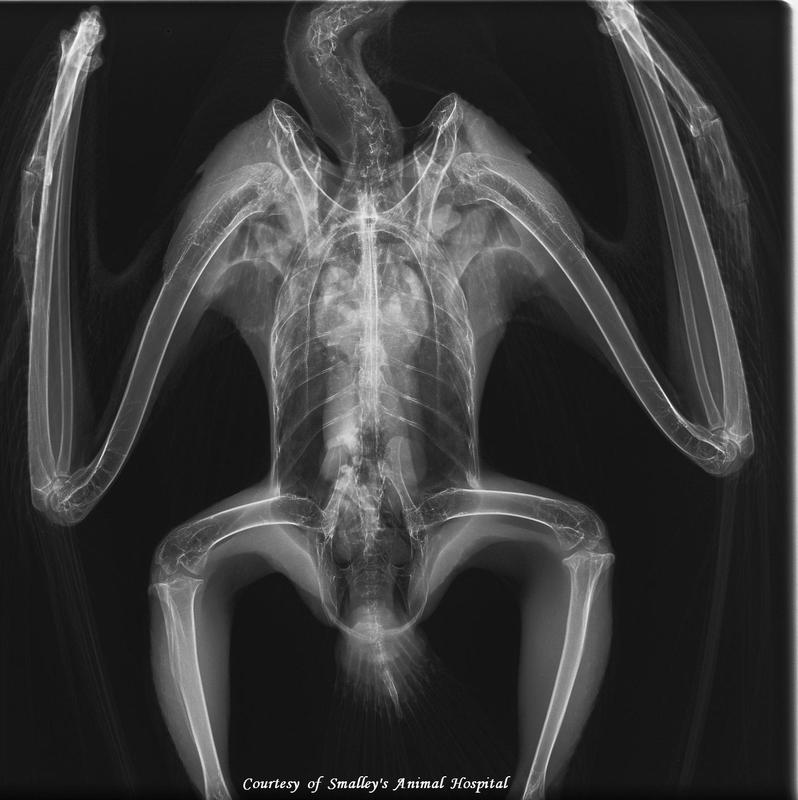
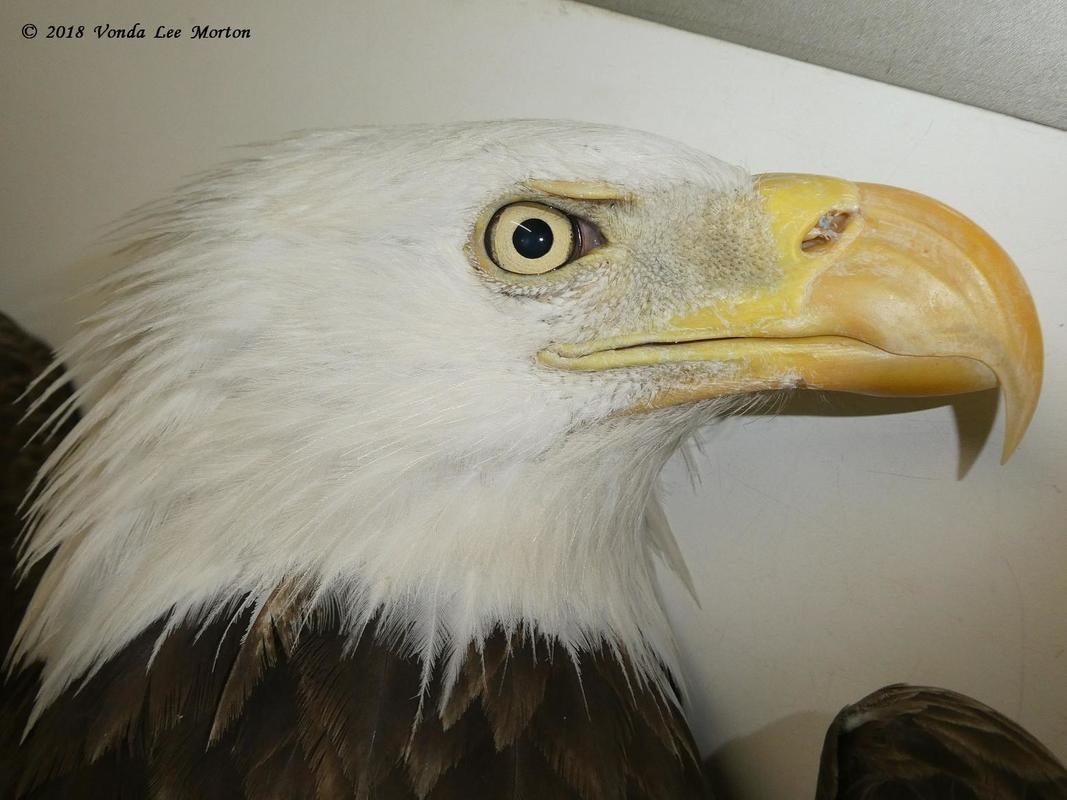

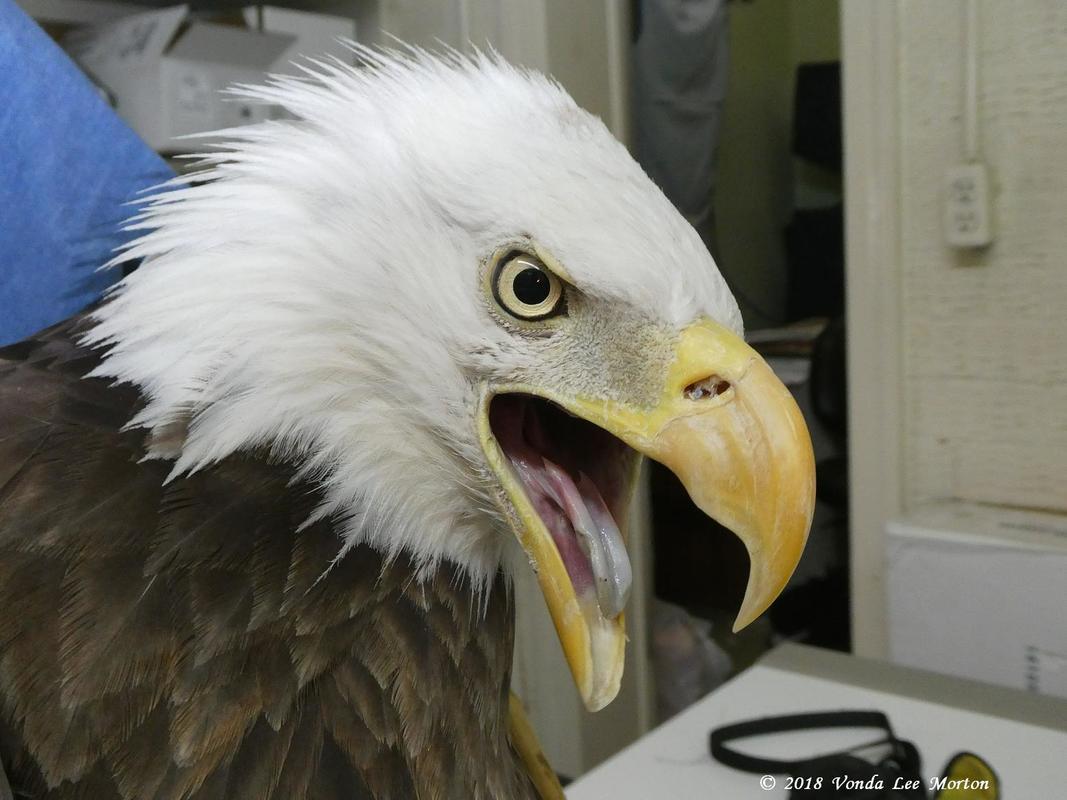
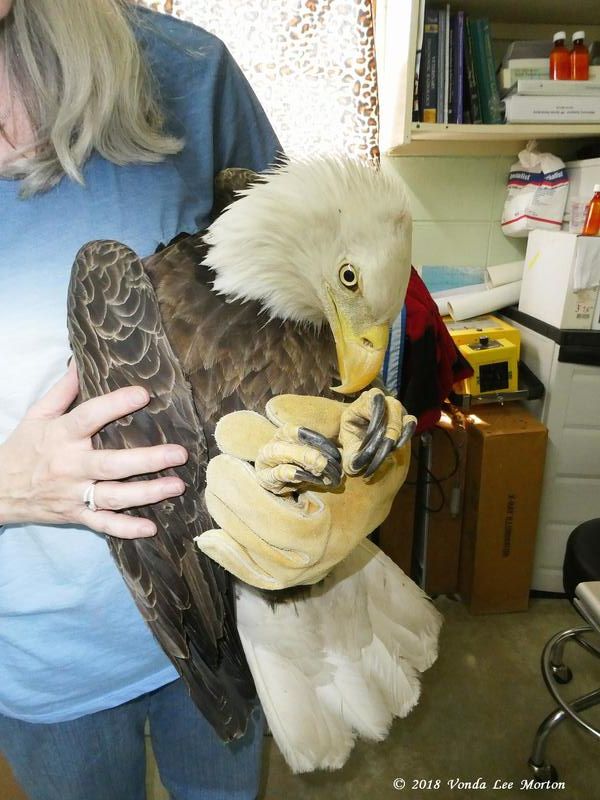
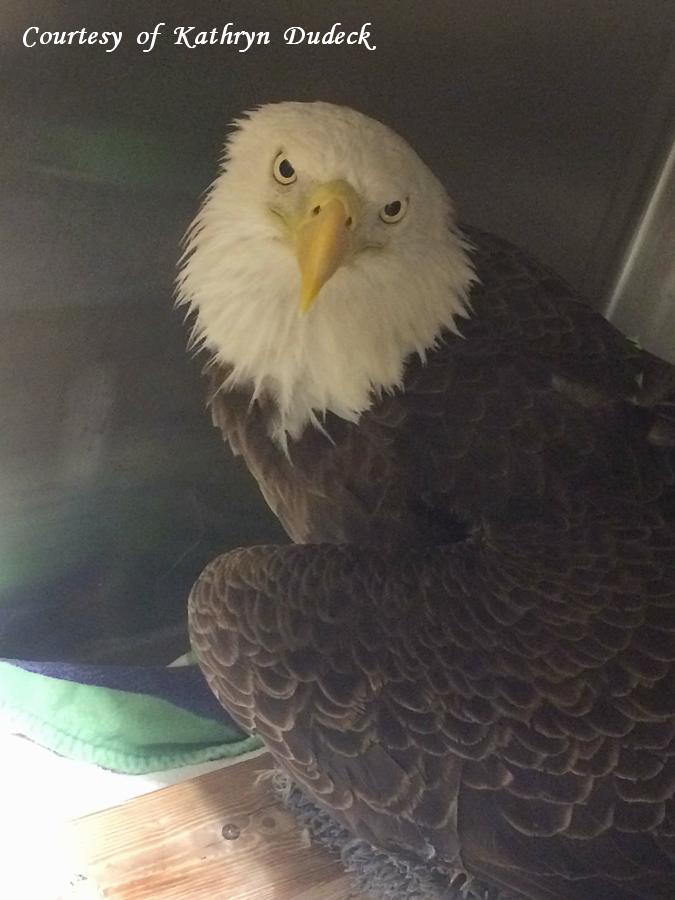
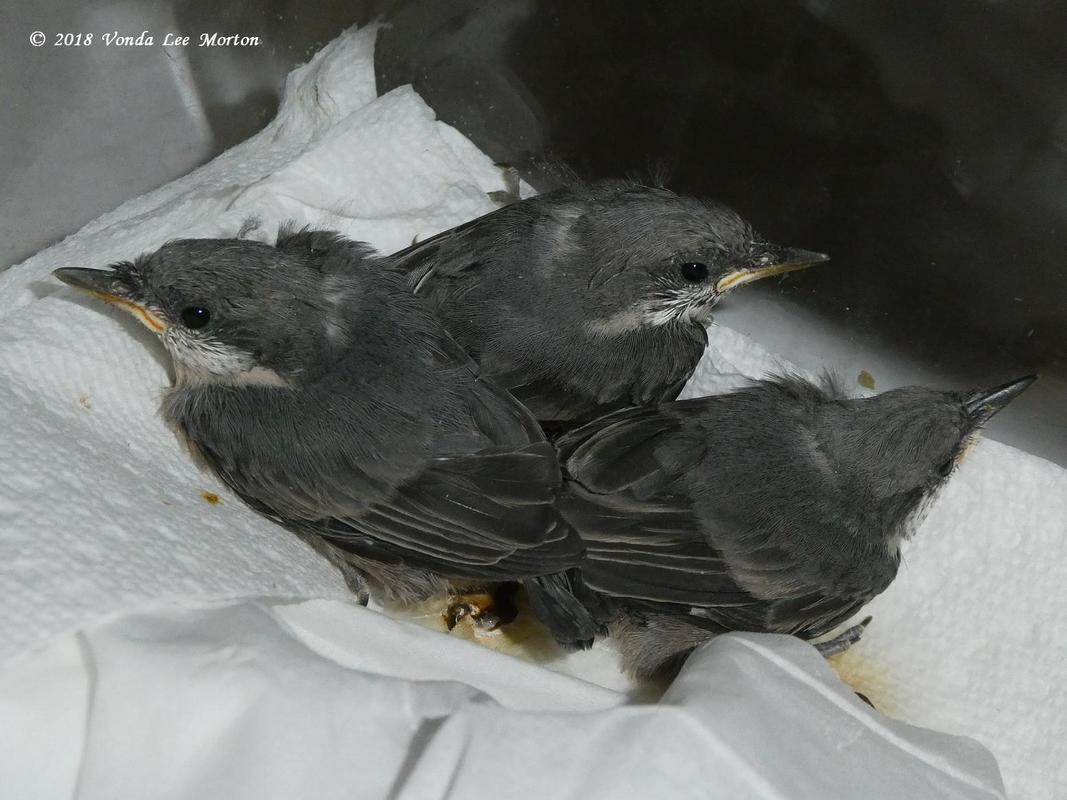
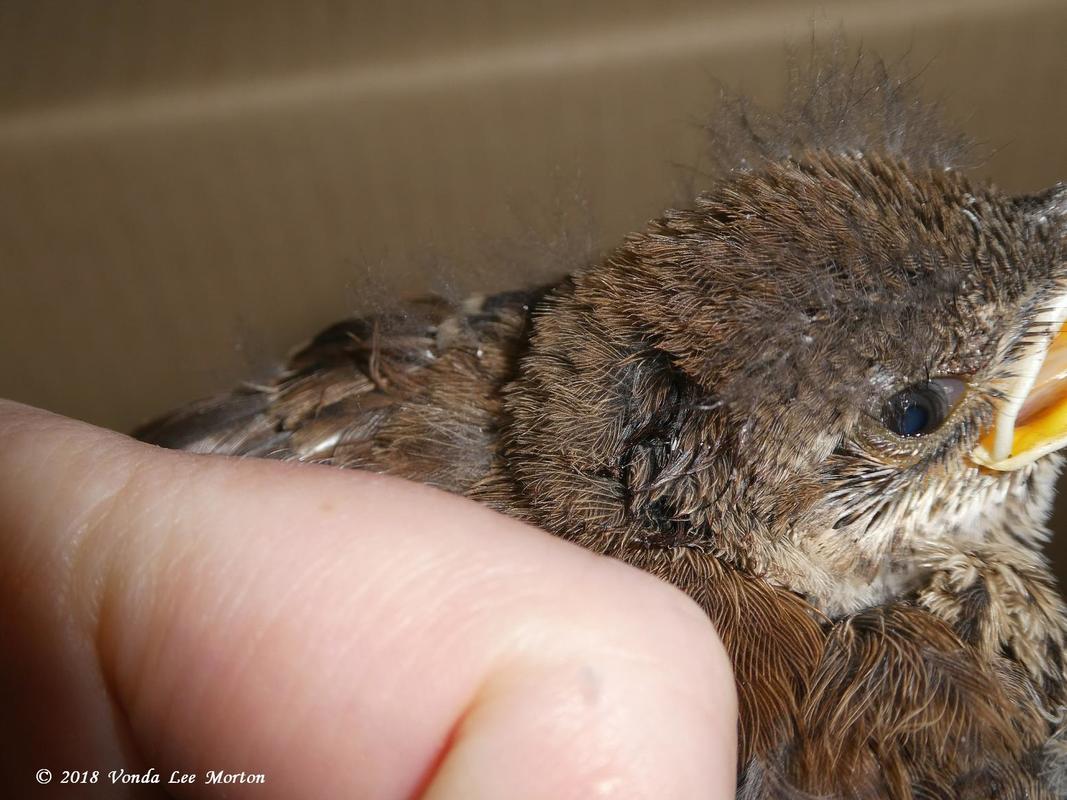
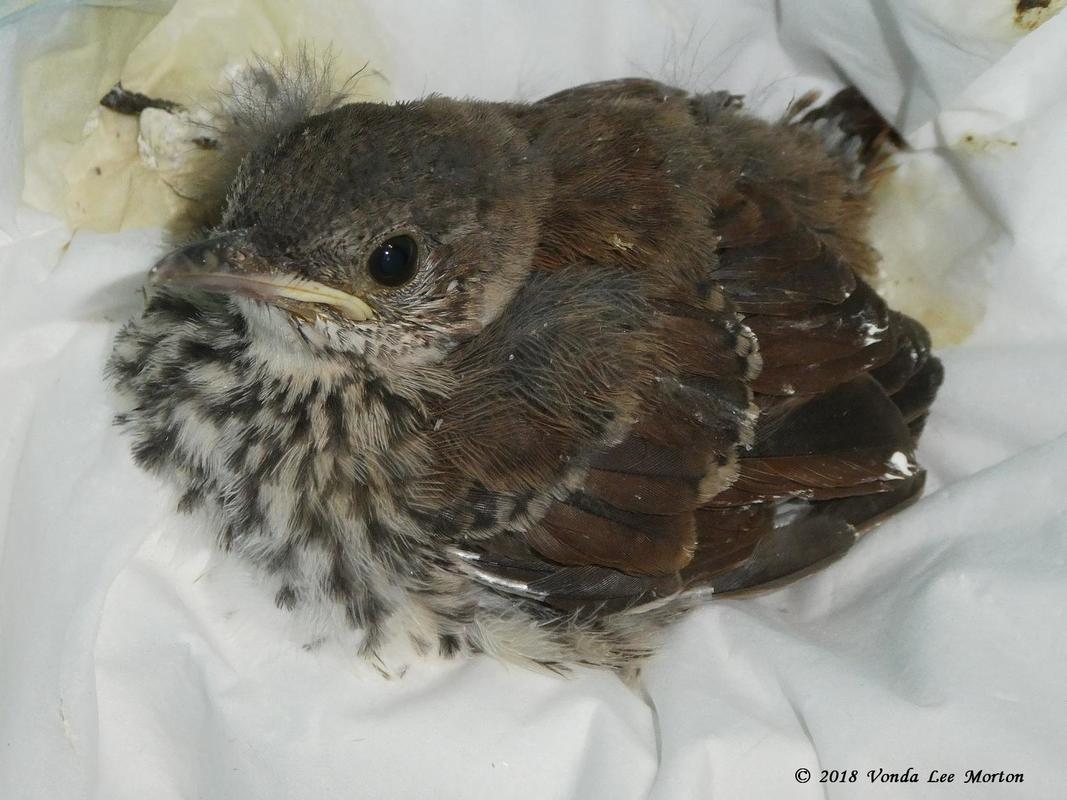
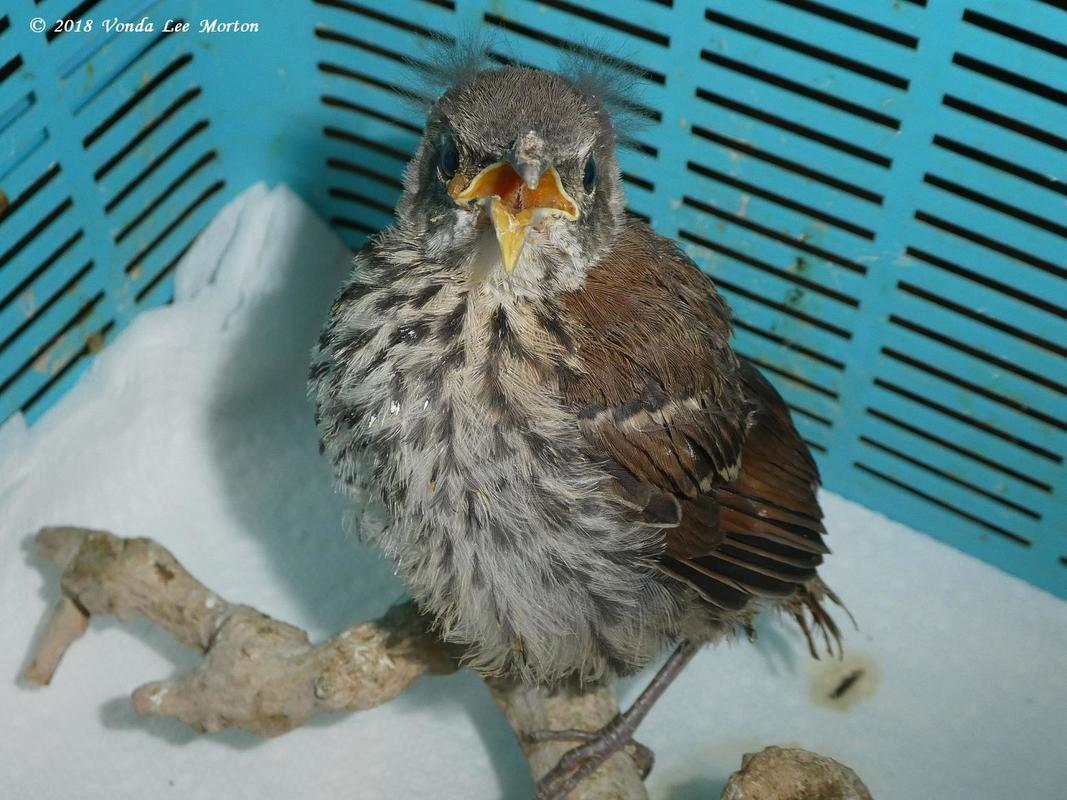
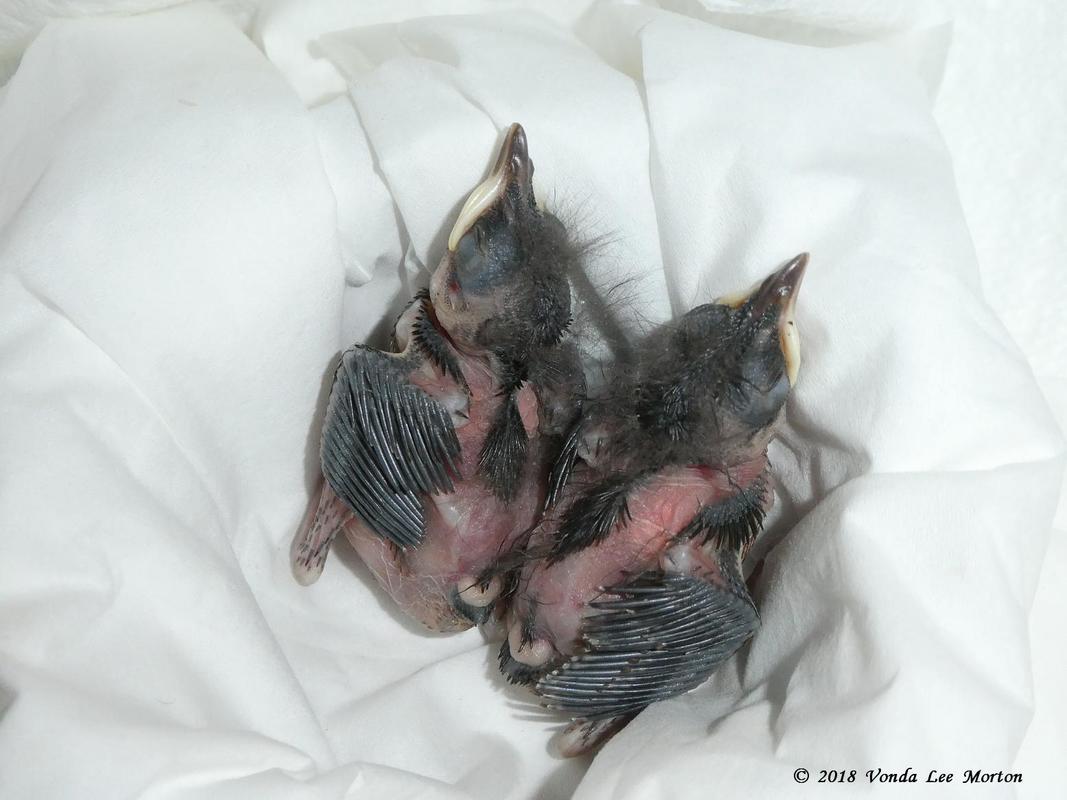
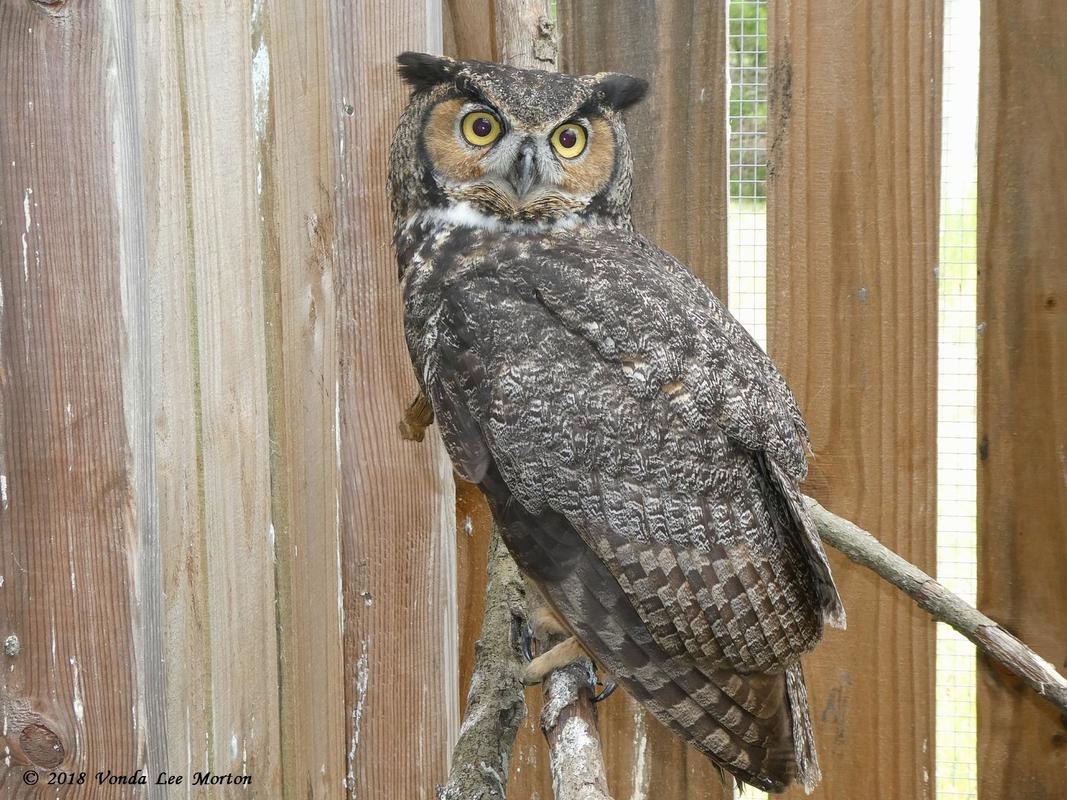
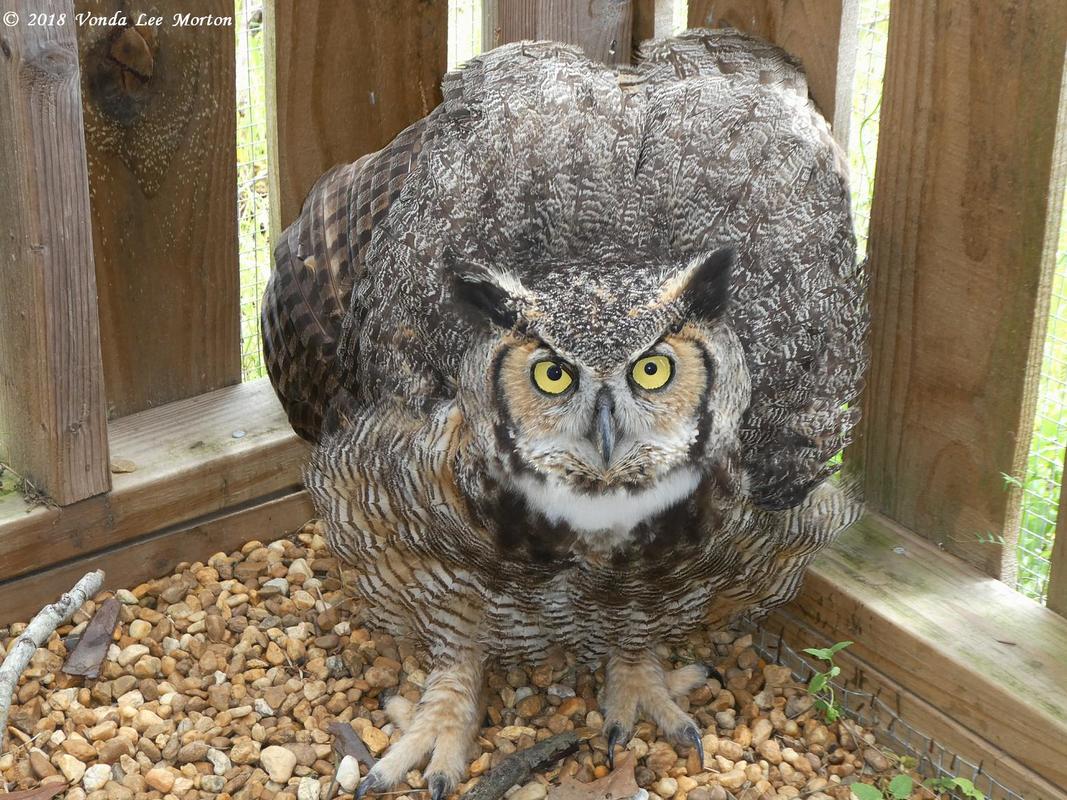
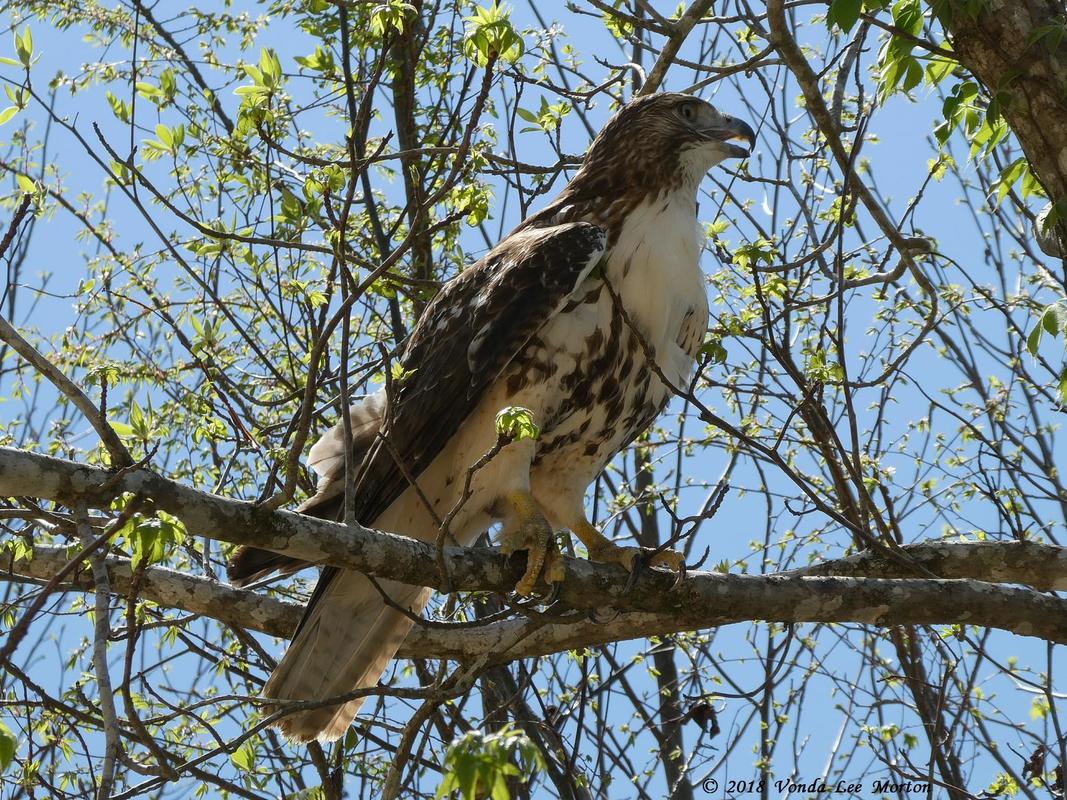
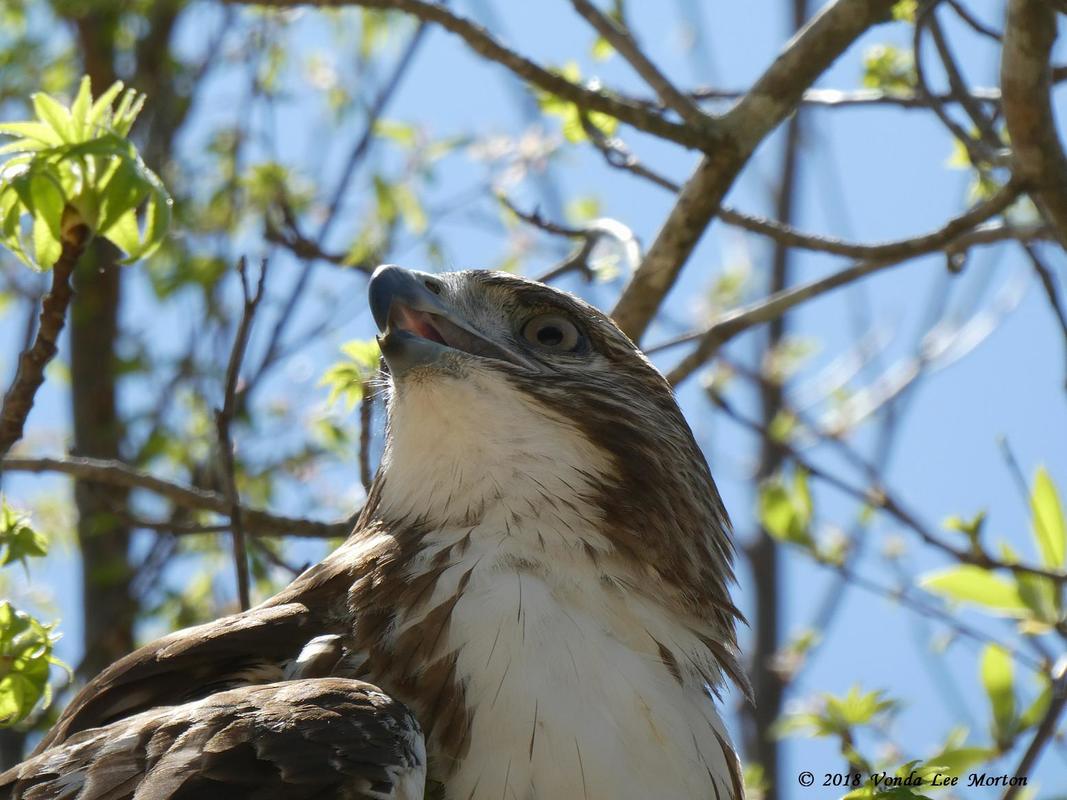
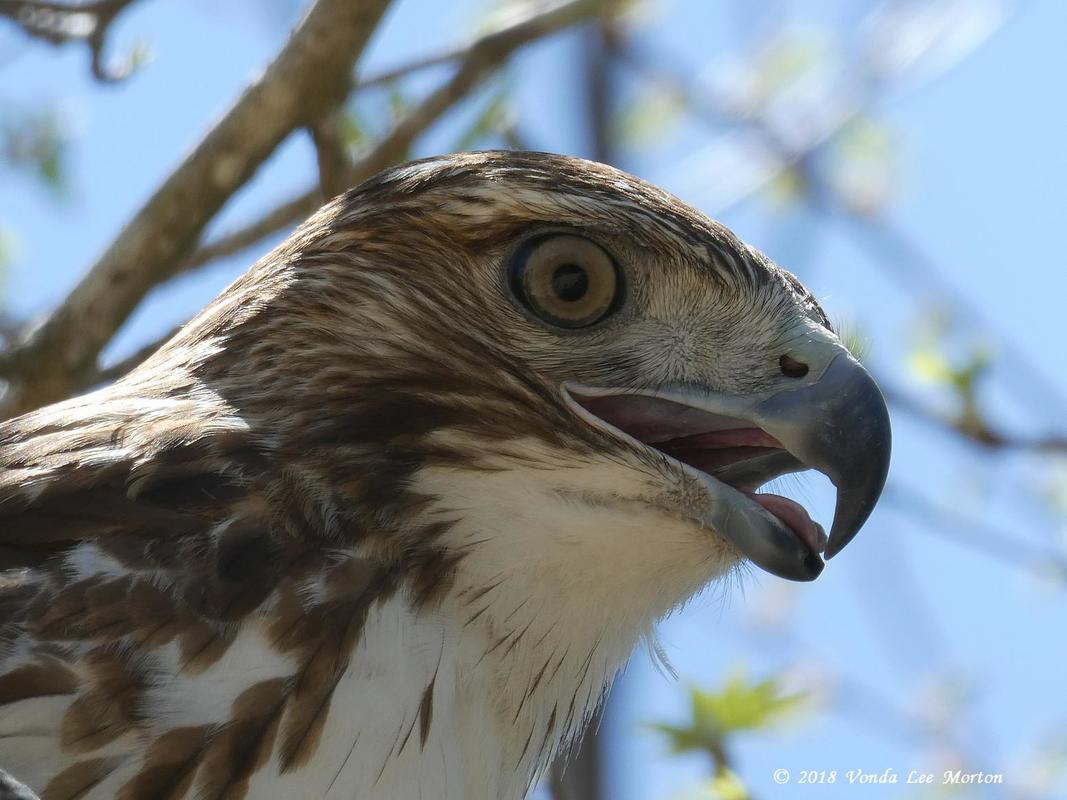
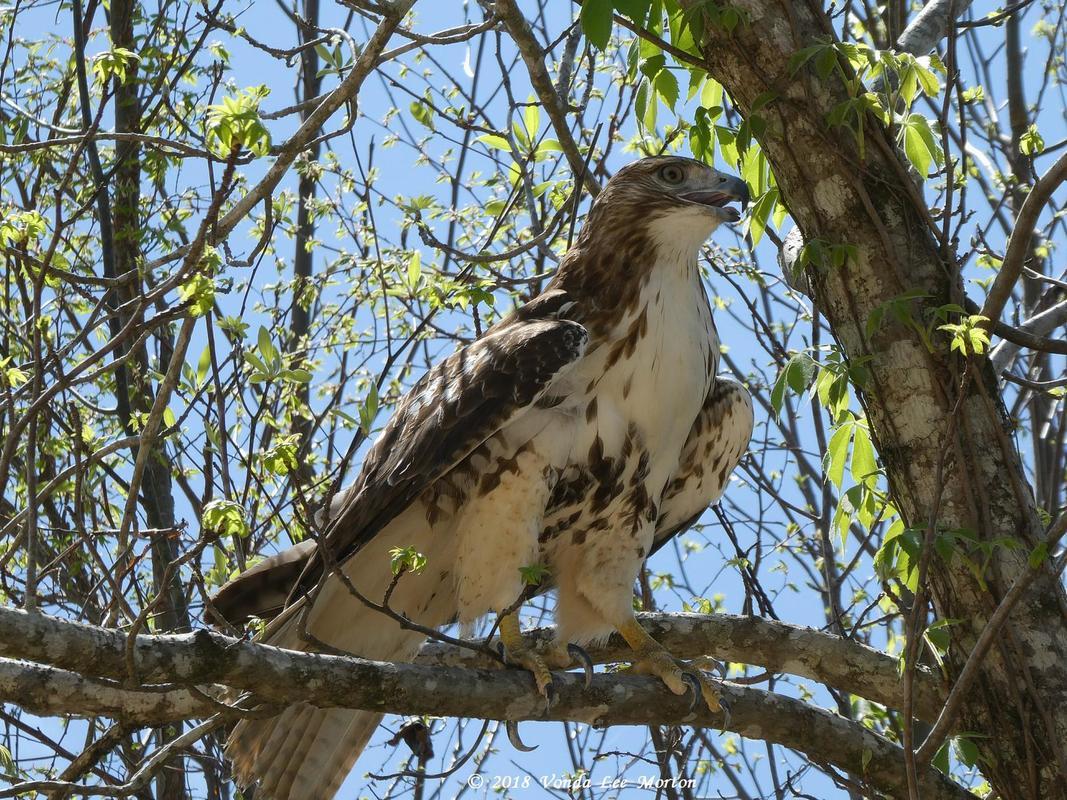
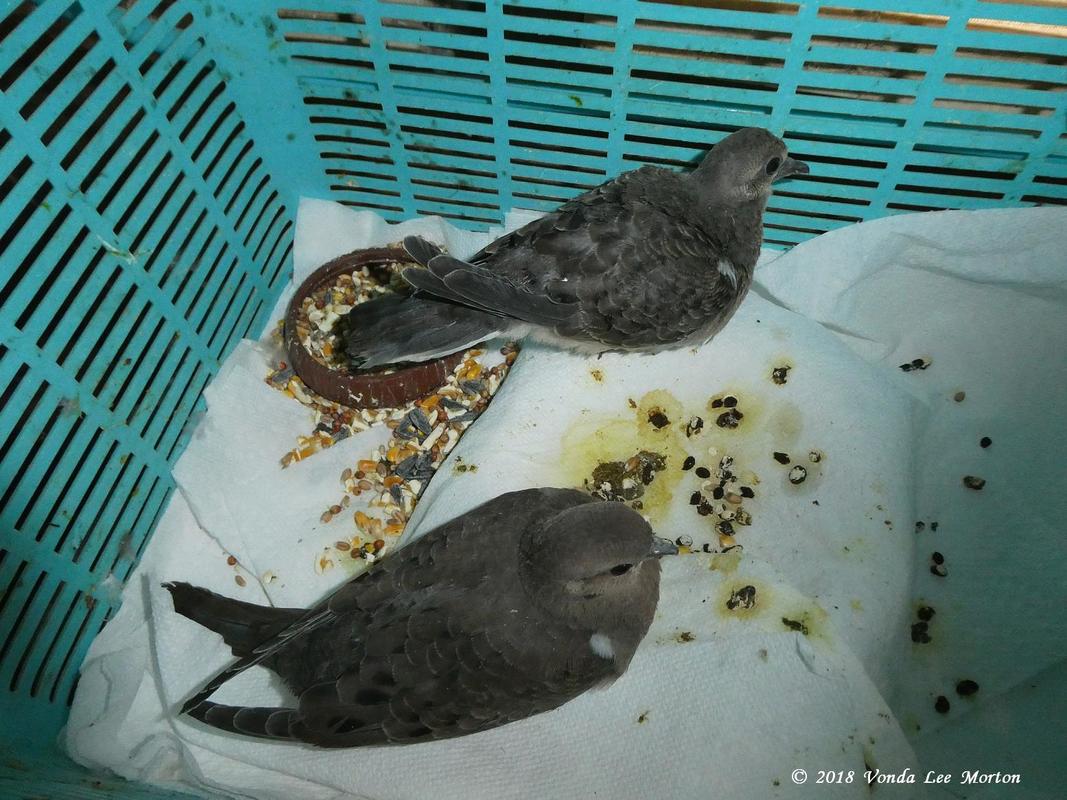
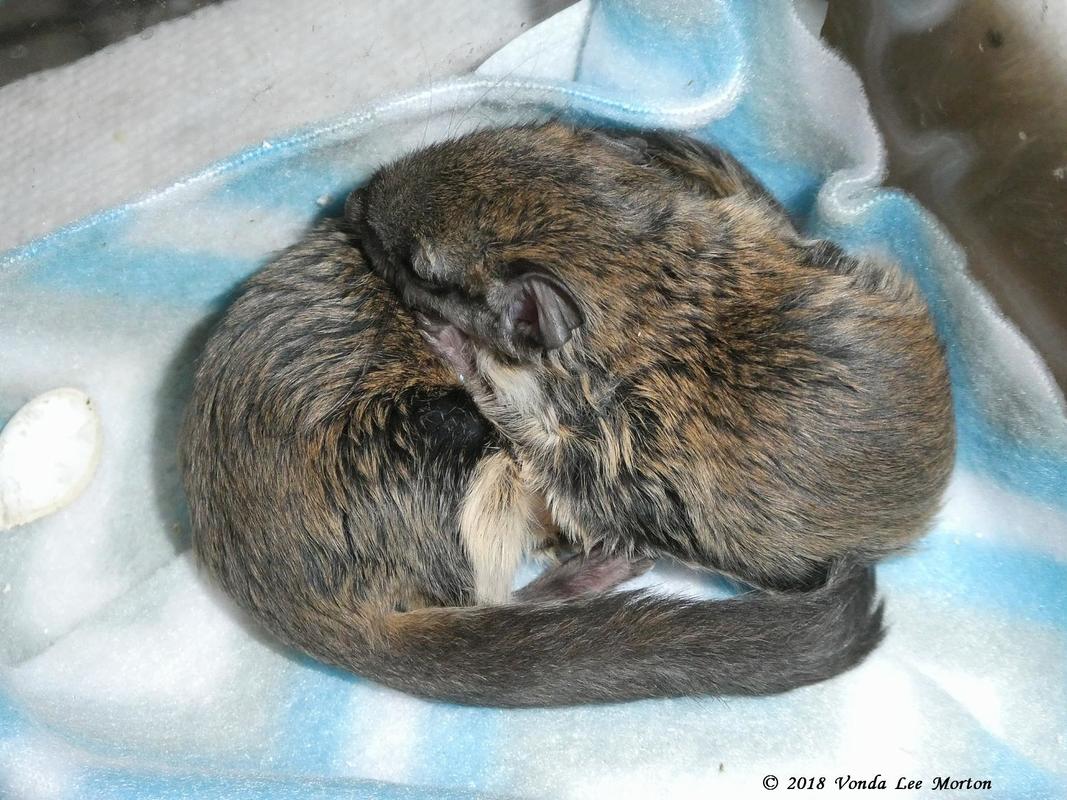
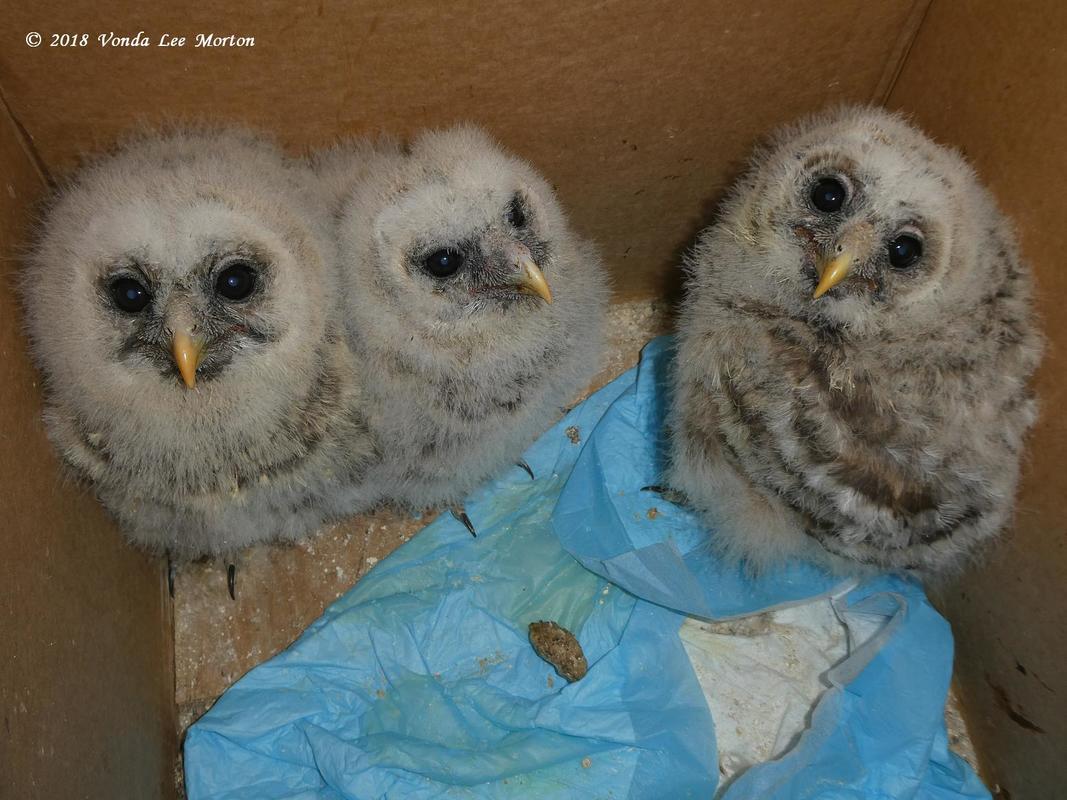
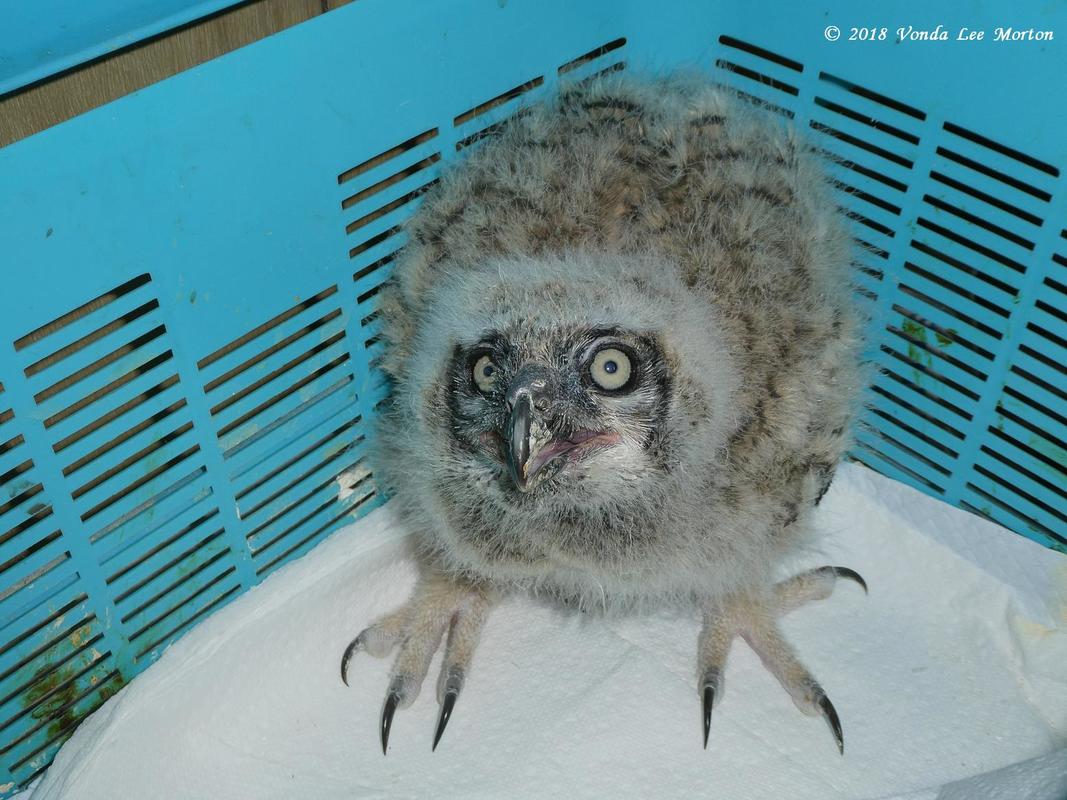
 RSS Feed
RSS Feed
